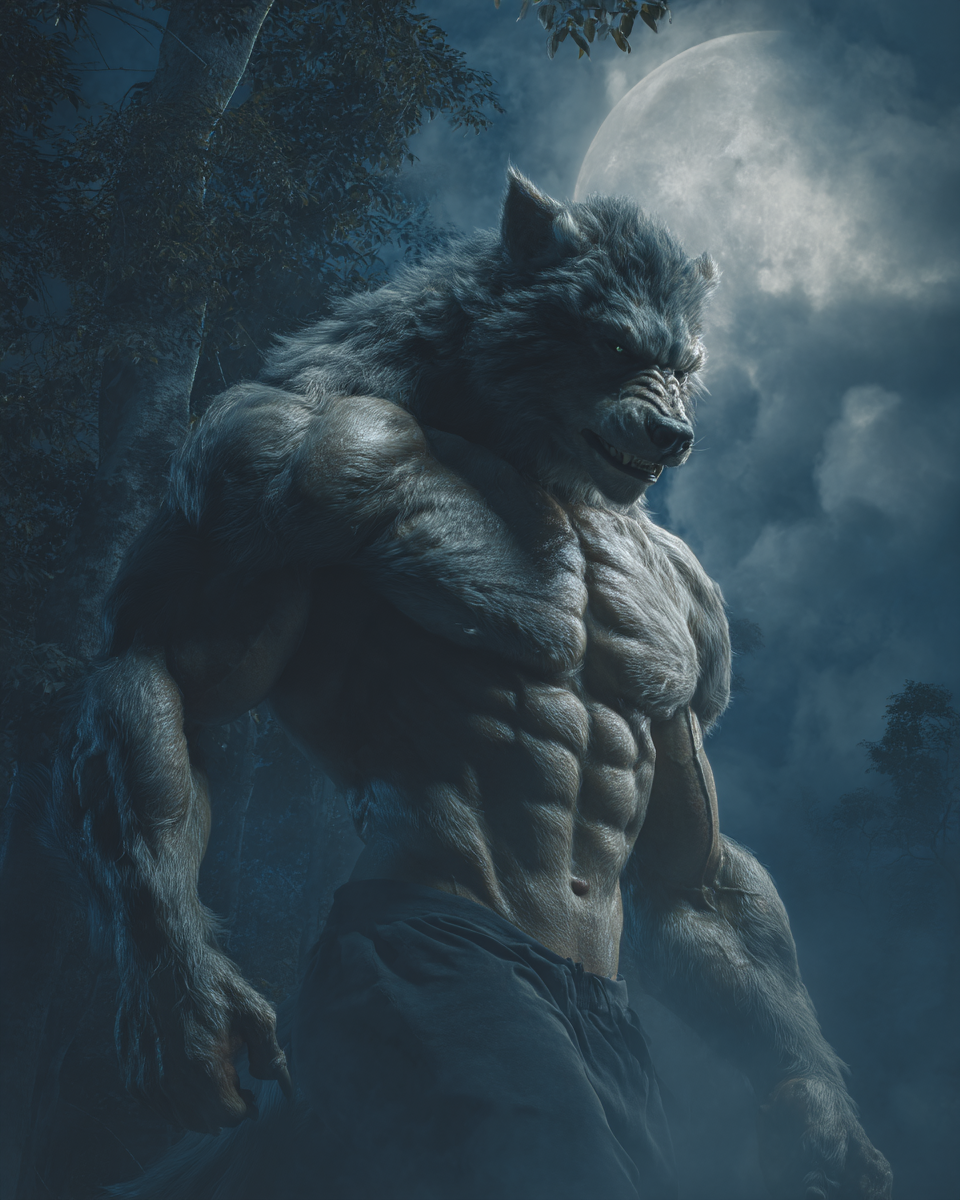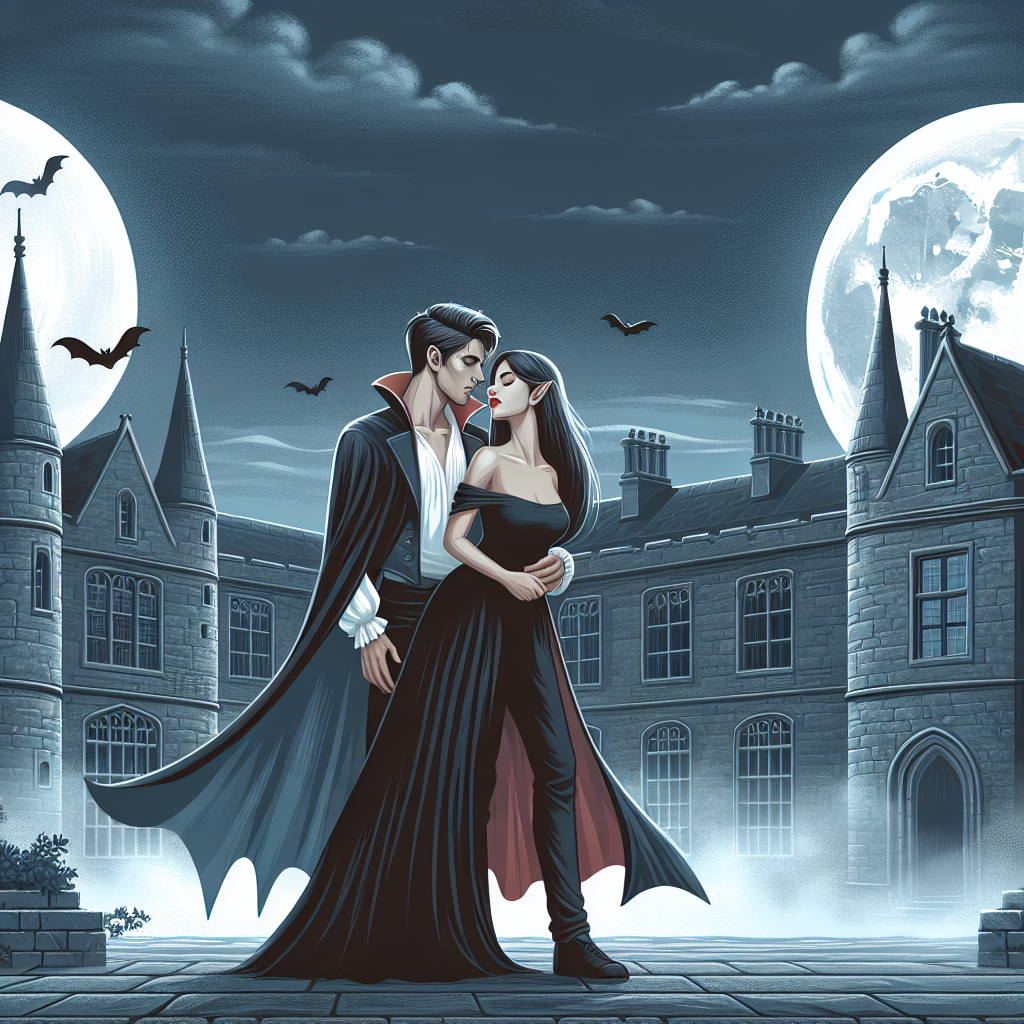The Ultimate Guide to Lycans vs Werewolves: Understanding Supernatural Shapeshifters in Fiction
In the rich tapestry of supernatural fiction, few creatures capture our imagination quite like shapeshifters. While lycans and werewolves are often used interchangeably, these fascinating beings possess distinct characteristics that set them apart in remarkable ways. Understanding these differences enhances our appreciation of paranormal romance, urban fantasy, and supernatural thrillers.
Both creatures share common ground—supernatural strength, lunar connections, and the ability to shift between human and wolf forms. However, their unique traits, behavioral patterns, and cultural representations create entirely different storytelling possibilities. Let's explore the six key differences that distinguish these captivating shapeshifters.
Origins and Mythological Foundations
Lycans: Modern Cinema's Creation
The term "lycan" gained prominence through modern media, particularly the Underworld film franchise. These creatures represent a more contemporary interpretation of shapeshifting mythology, often portrayed as genetically evolved or scientifically enhanced beings. Lycans embody themes of controlled evolution and strategic thinking.
Werewolves: Ancient Folklore Traditions
Werewolves boast centuries of mythological heritage, appearing in European folklore, Native American legends, and cultures worldwide. These creatures symbolize humanity's primal nature and the eternal struggle between civilization and wilderness. Their stories often serve as cautionary tales about losing control.
Transformation Mastery: Control vs. Compulsion
Lycan Transformation Control
Lycans possess voluntary transformation abilities, shifting between forms at will. This control extends beyond mere convenience—it represents mastery over their dual nature. They can:
- Transform instantly when needed
- Maintain human consciousness during shifts
- Choose partial transformations for specific advantages
- Remain strategic and calculated regardless of form
Werewolf Transformation Triggers
Traditional werewolves experience involuntary transformations triggered by:
- Full moon cycles (the classic trigger)
- Intense emotional states (rage, fear, passion)
- External threats or territorial challenges
- Lunar phases affecting their supernatural biology
This lack of control creates internal conflict and dramatic tension, making werewolves unpredictable and potentially dangerous.
Physical Appearance: Hybrid vs. Beast
Lycan Hybrid Form
Lycans typically manifest as human-wolf hybrids, retaining humanoid characteristics while gaining lupine enhancements:
- Upright bipedal posture
- Human-like facial structure with enhanced features
- Opposable thumbs and dexterous hands
- Proportioned muscular build combining human and wolf traits
Werewolf Beast Form
Werewolves transform into full wolf-like creatures with:
- Quadrupedal or hunched bipedal stance
- Complete lupine features (snouts, pointed ears, fur)
- Claw-tipped hands more suited for combat than manipulation
- Raw, animalistic appearance emphasizing their wild nature
Behavioral Intelligence: Strategy vs. Instinct
Lycan Strategic Thinking
Lycans maintain human-level intelligence in all forms, enabling them to:
- Plan complex strategies during transformations
- Communicate effectively with both humans and supernatural beings
- Lead organized pack structures with clear hierarchies
- Balance supernatural abilities with rational decision-making
Werewolf Instinctual Behavior
Werewolves often succumb to primal instincts when transformed:
- Heightened aggression and territorial behavior
- Difficulty accessing human memories and reasoning
- Pack mentality driven by dominance and survival
- Emotional responses superseding logical thinking
Cultural Symbolism: Science vs. Nature
Lycan Symbolism
Modern lycan representation explores themes of:
- Genetic evolution and scientific advancement
- Controlled power and disciplined strength
- Urban supernatural communities integrated with human society
- Technological enhancement of natural abilities
Werewolf Symbolism
Traditional werewolf mythology emphasizes:
- Natural transformation and lunar mysticism
- Duality of human nature (civilized vs. savage)
- Ancient curses and supernatural punishment
- Environmental connection to wilderness and natural cycles
Humanity Retention: Consciousness vs. Loss
Lycan Human Consciousness
Lycans typically retain their human personality during transformation, allowing them to:
- Maintain relationships across both forms
- Remember actions taken while transformed
- Make moral decisions regardless of current form
- Integrate their dual nature harmoniously
Werewolf Identity Struggle
Werewolves often lose human consciousness during shifts, creating:
- Memory gaps between human and wolf experiences
- Potential danger to loved ones during transformation
- Internal conflict between two distinct personalities
- Difficulty maintaining stable relationships
Lycans and Werewolves in Romance Fiction
Lycan Romance Archetypes
In paranormal romance, lycans embody the controlled alpha archetype:
- Stable partnerships built on trust and communication
- Protective instincts balanced with respect for autonomy
- Strategic courtship combining passion with planning
- Reliable emotional support during relationship challenges
Werewolf Romance Dynamics
Werewolf romances explore passionate intensity:
- Forbidden attraction heightened by danger
- Protective instincts that may become possessive
- Emotional volatility creating dramatic relationship tension
- Redemptive love helping characters find balance
Shared Characteristics: Common Ground
Despite their differences, lycans and werewolves share several fundamental traits:
| Aspect | Shared Characteristics |
|---|---|
| Physical Enhancement | Superhuman strength, speed, and senses |
| Pack Dynamics | Strong social hierarchies and loyalty bonds |
| Territorial Behavior | Protective instincts regarding territory and family |
| Supernatural Longevity | Extended lifespans beyond human norms |
| Healing Abilities | Accelerated recovery from injuries |
Pack Social Structures
Both creatures organize into sophisticated social systems:
- Alpha leadership providing direction and protection
- Beta support roles maintaining pack stability
- Omega positions serving specific pack functions
- Mate bonds creating powerful emotional connections
Unique Lycan Traits in Modern Fiction
1. Monarchical Hierarchies
Some lycan societies feature royal bloodlines and hereditary leadership, creating complex political intrigue within supernatural communities.
2. Technological Integration
Modern lycans often embrace technology, using advanced communication systems and weapons while maintaining their supernatural abilities.
3. Cross-Species Diplomacy
Lycans frequently serve as intermediaries between human and supernatural worlds, leveraging their controlled nature for peaceful coexistence.
4. Military Organization
Many lycan packs operate with military precision, combining ancient pack instincts with modern tactical knowledge.
5. Genetic Legacy
Lycan abilities often pass through bloodlines rather than bites, creating powerful family dynasties with inherited responsibilities.
Understanding Transformation Mechanics
Lycan Transformation Process
- Instantaneous shifts occurring within seconds
- Painless transitions between forms
- Selective transformation of specific body parts
- Energy conservation through efficient biological processes
Werewolf Transformation Experience
- Gradual changes taking several minutes
- Physical discomfort during bone and muscle restructuring
- Complete systemic transformation affecting entire body
- Energy expenditure requiring recovery time
Choosing Your Supernatural Preference
When crafting stories or choosing reading material, consider what appeals to you:
Choose lycans if you enjoy:
- Strategic supernatural characters
- Controlled power dynamics
- Urban fantasy settings
- Political intrigue within supernatural societies
Choose werewolves if you prefer:
- Raw emotional intensity
- Traditional mythological elements
- Internal character conflicts
- Nature-based supernatural themes
Conclusion
The distinctions between lycans and werewolves extend far beyond surface-level differences. These unique characteristics create diverse storytelling opportunities, from strategic urban fantasy featuring controlled lycan societies to emotionally intense werewolf romances exploring humanity's primal nature.
Understanding these differences enhances our appreciation for supernatural fiction and helps readers choose stories that resonate with their preferences. Whether you're drawn to the calculated control of lycans or the passionate intensity of werewolves, both creatures offer compelling explorations of power, identity, and the complex relationship between civilization and wildness.
The next time you encounter these shapeshifters in fiction, you'll recognize the subtle details that make each creature unique—and perhaps discover new favorites in the rich world of supernatural storytelling.
💝 Ready to Explore More Romance?
If you enjoyed this article about Lycan writing, discover thousands of captivating love stories on our platform.
Download App













